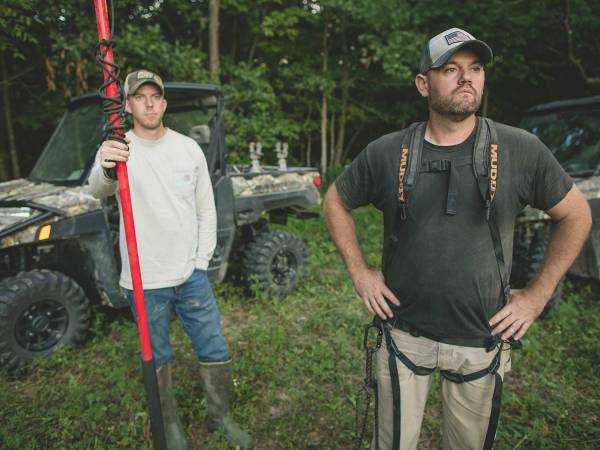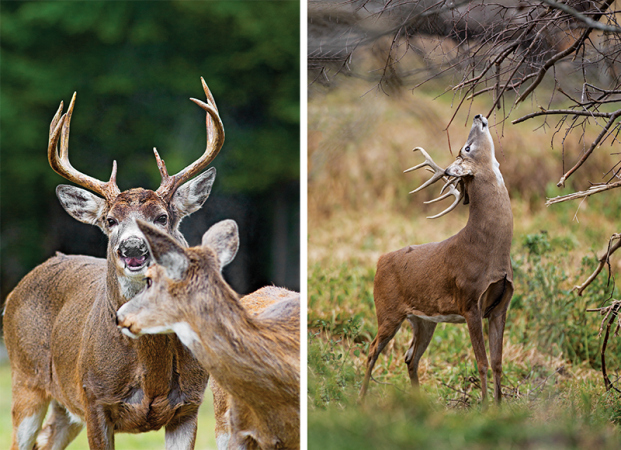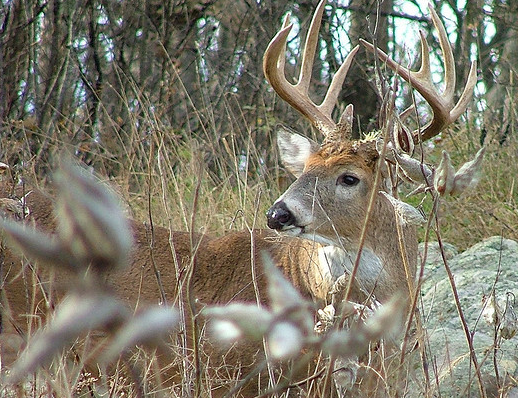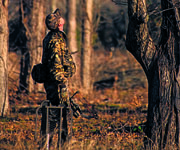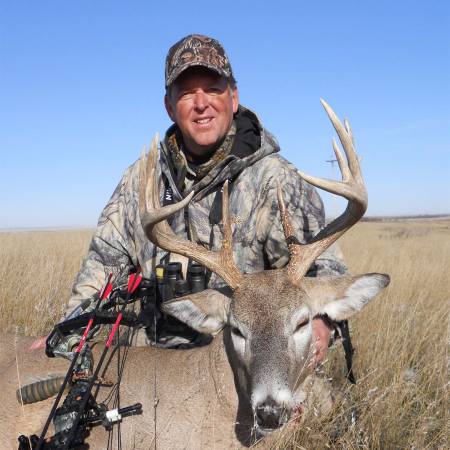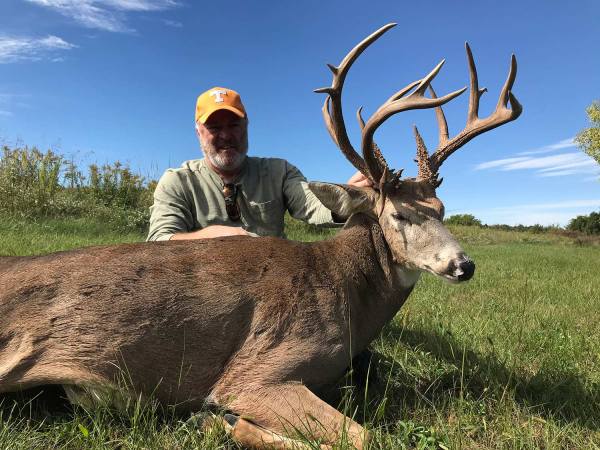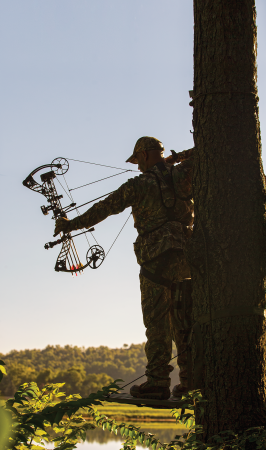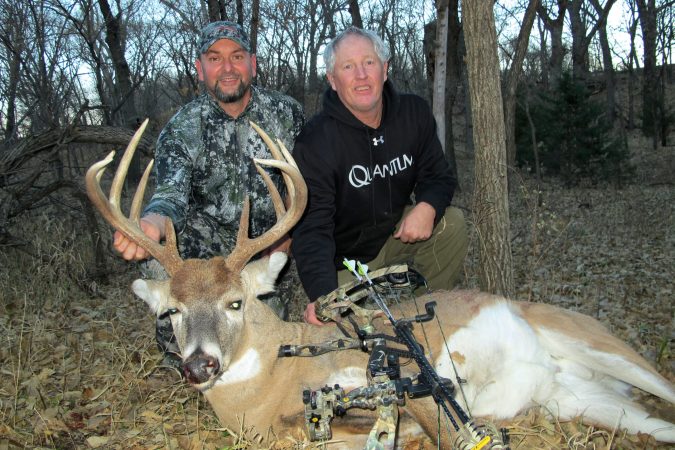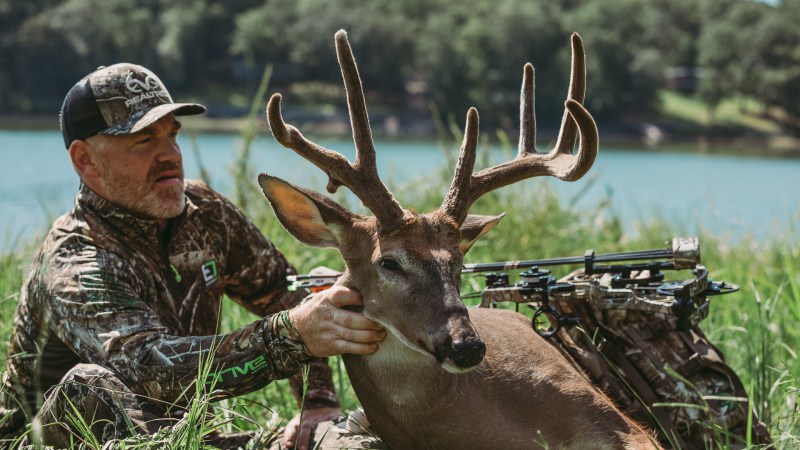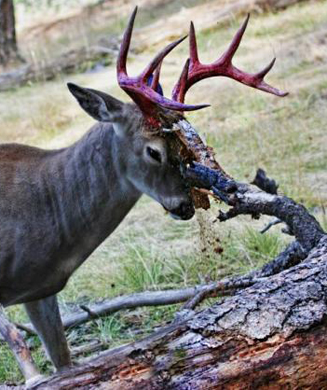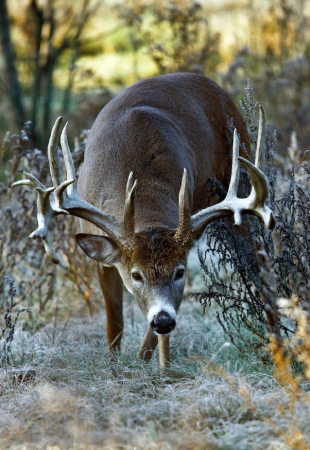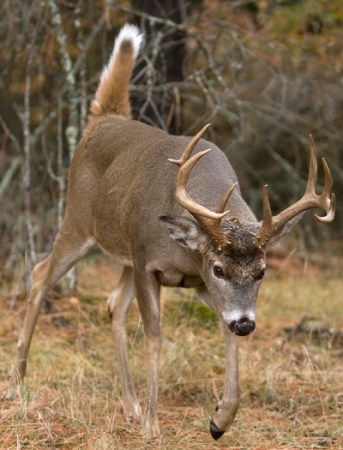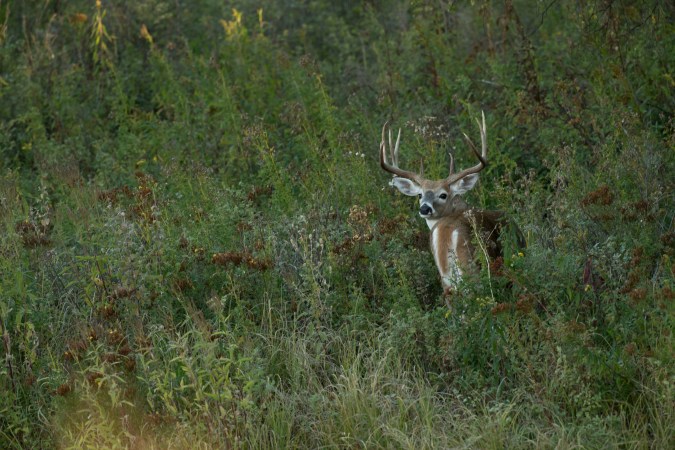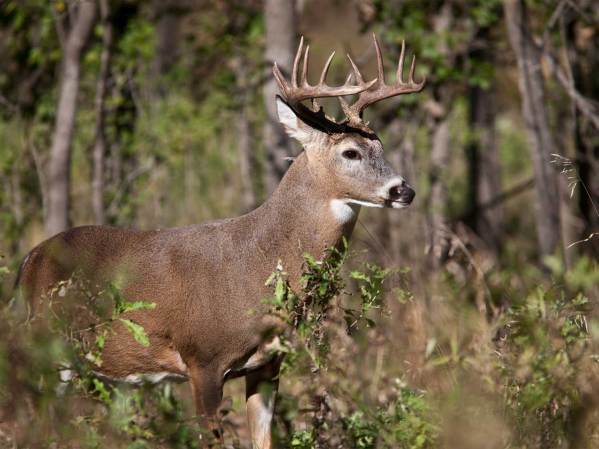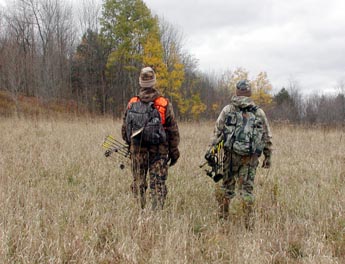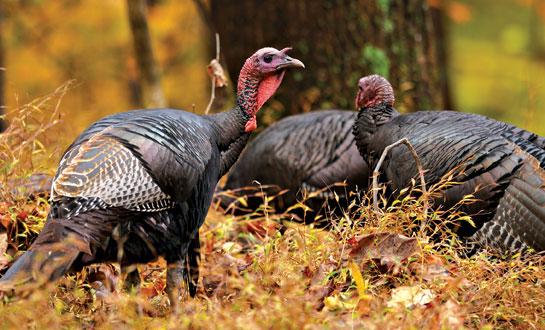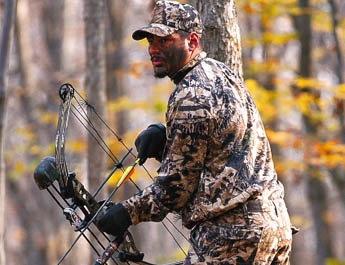As we slowly creep closer to whitetail seasons, savvy bowhunters begin to twitch with anticipation. This is, of course, all for good reason: The first few days and weeks of the season offer a prime opportunity to ambush whitetails in one of the easiest places to hunt them—field edges.
Knowing where deer are most likely to end up is a big part of why field-edge strategies are so attractive early on, but there is much more to consistent field-side success. Here are some factors to consider.
Take Time to Observe
Unless you have intimate knowledge of local deer movement, it’s always wise to start your field hunt from a distant vantage point: High points or fence rows are good examples. Your goal should be to lay back and observe deer movement, maybe pinpointing preferred field entrance/exit trails, before moving in for your well-planned ambush. You might get only one chance at a reclusive bruiser, so why not give it your absolute best shot?
Sleep In for Success?
Afternoon hunts are not only more effective than morning hunts, they should likely be your only option. Why? Early season mornings are fraught with peril. Navigating in the dark means you will likely bump deer en route to your stand, and the deer—likely headed back to higher elevations to bed—could be most anywhere just before first light. Worse yet, most mature bucks will be bedded before first shooting light. Conversely, come early afternoon, you know precisely where bucks are located (in heavy security cover), and where they will be moving in late afternoon/evening (a tasty ag field).
Predictable Pressure
Nothing alters a whitetail’s feeding cycle like human activity. To gauge how early you need to be on stand, consider the remoteness of your chosen field. The more remote, the earlier deer will be up on their feet in daylight. Of course, it’s always best to hedge your bets and arrive on stand much earlier than needed. When hunting fields closer to lots of activity (well-used roadways, for instance) count on deer to linger in “staging areas” just off the fields until the last possible light. It can be hard to give up on a hot field, but haunting the ingress/egress corridors of a staging area packed with plenty of fresh rubs might well be worth it.
Smart Access
Consider the wind when planning stand access routes, and be prepared to go that proverbial extra mile when entering and exiting your site to avoid spooking potential targets. This includes carrying outerwear in your pack to avoid sweating en route to your stand in early season heat, and waiting till local deer have moved a good distance away before exiting your stand after dark. Spooking any deer near your stand is a definite no-no. And yes, these extra efforts do pay.
Critical Connections
When is a field-edge stand site a second-best field-hunting option? When an area of strip cover leading to a popular field is surrounded by sparse vegetation. In the best cases, these thin bands of isolated security cover can be critical early season funnels. I’m talking well-positioned draws, drainage ditches, even creek bottoms—all of which have the potential to funnel mature bucks past your smartly hung stand. Check’em for sign and/or hang a camera.
Unpredictability Pays
Mature deer never seem to use the same trail two days in a row for a reason. Wise bowhunters should mimic this behavior. Bowhunters who use the same parking spots, stand sites, and access routes will eventually get patterned by local deer; keep the deer guessing by rotating your locations and routine.
Holes in Your Defense
Use a good topo map, and your knowledge of prevailing winds in the precise acre you hunt, to pinpoint areas where traveling bucks are likely to cheat the wind to take advantage of security cover. Find a stand site like this, maybe along a winding river or isolated draw, and you just might get the drop on one of the most striking big-game animals of all: a broad-beamed, barrel-chested early season buck
